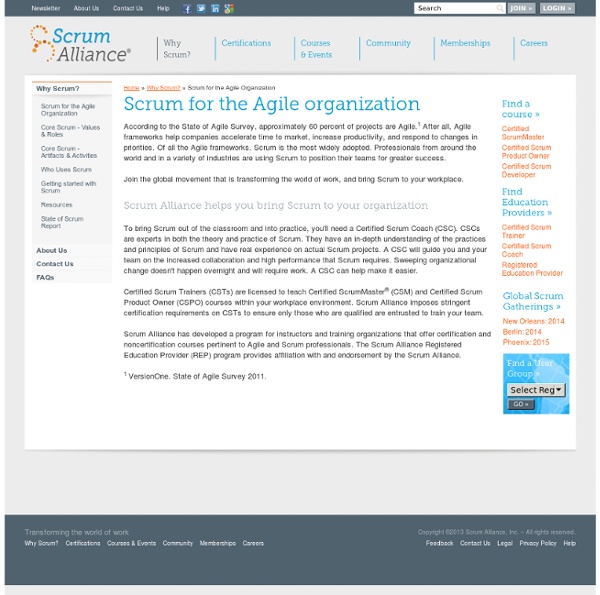



Introduction to Scrum - An Agile Process Scrum is an agile way to manage a project, usually software development. Agile software development with Scrum is often perceived as a methodology; but rather than viewing Scrum as methodology, think of it as a framework for managing a process. In the agile Scrum world, instead of providing complete, detailed descriptions of how everything is to be done on a project, much of it is left up to the Scrum software development team. This is because the team will know best how to solve the problem they are presented. This is why in Scrum development, for example, a sprint planning meeting is described in terms of the desired outcome (a commitment to a set of features to be developed in the next sprint) instead of a set of Entry criteria, Task definitions, Validation criteria, Exit criteria (ETVX) and so on, as would be provided in most methodologies. Scrum relies on a self-organizing, cross-functional team. Within agile development, Scrum teams are supported by two specific roles.
Scrum Methodology & Agile Scrum Methodologies